What’s on your mind?
Simply stated, you are concerned about inflation, any potential economic recession, the state of the economy, the markets, and financial planning considerations in response to current conditions. We will cover them all..
Inflation
While there has been a decline in inflation with CPI falling to 3% in June, the 12-month rolling average is at 4.8%, which is still greater than the Fed target rate of 2-3%. The decline in inflation has corresponded to a decline in the money supply, due to the Federal Reserve’s tighter Fed policy. The Fed now finds itself in a tight spot, as well. They have signaled that there may be two more interest rate hikes this year. In this current cycle they have raised rates 10 times. Higher interest rates slow down economic growth and thus help to curb inflation. However, such rates can also drive the economy into a recession as the motivation to expand businesses and borrow capital diminishes. Further, consumer behavior slows down as the cost of borrowing goes up and as households adjust their discretionary spending patterns.
Contrarily, if the Fed were to loosen monetary policy too quickly, stocks would typically rise as the economy expands in growth and inflation would gradually follow. We find it important to consider the past and expand our lens both historically and beyond the US. While we believe 2023 is not a repeat of the past, it does resemble economic characteristics that existed in the 1930’s and the 1970’s which also experienced significant tightening and loosening of monetary policy. Today, however, unemployment is extremely low, and companies are both flush with cash and attuned to market cycles with far greater data for improved decision-making than in the past. When considering inflation abroad, the U.K is still hovering around 9%, which means that inflation remains a global issue. The Fed’s break with increasing rates allows them to assess the impact of their rate hikes to date and maintain caution with the banking system overcoming recent duress across regional institutions. We believe inflation is heading in the right direction.
The Economy
Recession
While many economists have backed off on their recession predictions for 2023, others believe that a relatively mild recession is coming. Both sides of this issue are compelling. Technical and historical statistics portray a looming recession and the longer it is delayed the deeper it will be. Fundamentals such as savings, cash flow, debt levels, corporate credit strength, low real estate supply with high demand and more suggest we are in a very healthy economy. The argument for no recession revolves around the Fed making monetary decisions with precision coupled with a balanced ecosystem between economic productivity countervailing banking pressures with increased rates while maintaining reserves and solvency. One sign for a mild recession is the inverted yield curve where short term treasuries are in the 5.4% range while the 10-year treasury is just over 4%. In a healthier economy, long-term rates would exceed short-term rates. As the Fed raises rates, we anticipate the yield curve will remain inverted. We find ourselves more optimistic than we were earlier this year and remain cautious.
Markets
The markets have rebounded nicely from the lows of 2022. In looking at it deeper, the rally through May was primarily driven by the mega-cap stocks such as Apple, Microsoft, Amazon, Google, and Tesla. The rally in June was broader and led by other cyclical sectors. Usually when interest rates rise, it puts pressure on corporate profits and thus makes stocks, in particular technology stocks, more vulnerable to volatility. Today tech stocks have been bolstered by recent advancements in artificial intelligence. Year-to-date, they have experienced unusual historically outsized performance. Defensive and interest sensitive stocks that should be performing well are not. The bond markets have stabilized in 2023 as they have adjusted to the rate hikes throughout 2022. Investors are enjoying rates last experienced in 2007. An interesting opportunity with fixed income may be brewing. If long-term rates reach certain heights, bonds with these more attractive rates may become more desirable as the risk of recession increases. For investors, higher incomes rates often experience greater demand; with greater demand such higher yielding bonds may appreciate, as well. Regardless of the market direction, for now there is an enormous amount of corporate capital and investor cash waiting on the sidelines to be eventually redeployed back into the economy and the markets. While we believe in planning and not timing, this is a positive for investing.
Financial Planning Consideration
We want to remind you that diversification is the key to risk management and long-term performance. What helped portfolios last year are underperforming this year and vice versa. This encourages multiple strategies. As opportunities and risks are identified, we can align relevant strategies and diversify beyond conventional buy and hold asset classes.
Remember that over the long-term markets go up longer and with more frequency than they go down. While the current macro-economic environment appears to show uncertainty, timing the market is difficult. Those who stay invested, yet diversified, are ultimately rewarded in the long run. Please reach out to us if you have any questions or concerns about either the current economic and market environments or your wealth management strategy.
Notable Quote
Charles D. Ellis writes in his book entitled “The Elements of Investing” that diversification is defined as ‘Diversity across securities, across asset classes, across markets, and across time.’ This is what we aspire to accomplish in designing personalized strategies for you. We just take it up a notch, often diversifying strategies, as well.
Thank you once again for the trust you have in us. We are grateful for the opportunity to serve your financial needs.
Regards,
Adam Schwartz, Barry Moschel, and Tom Manno




